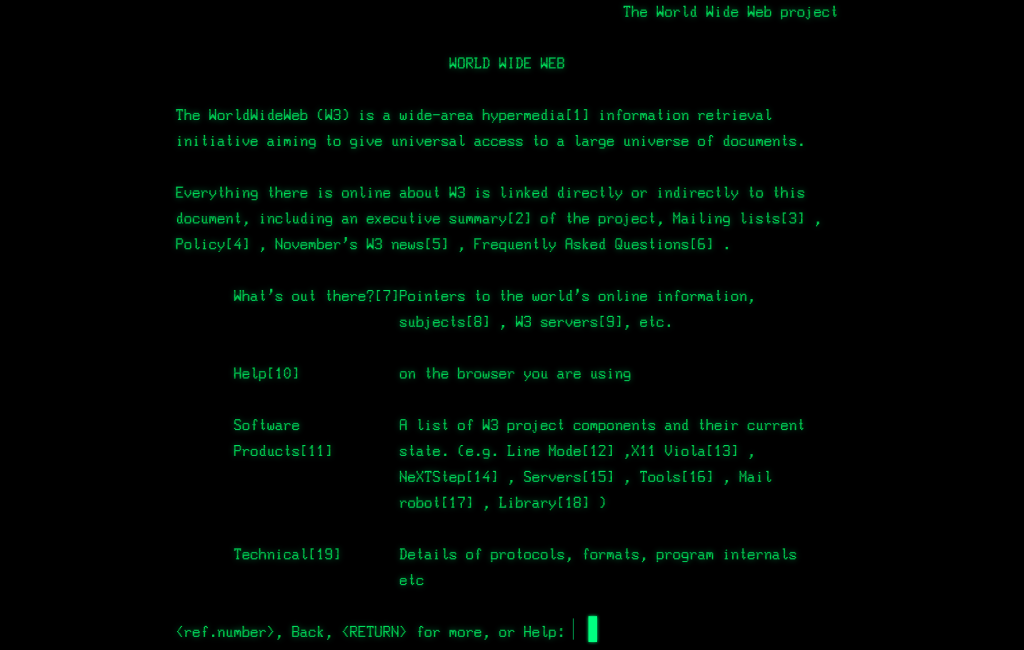Bridging the Gap
Mike Bushong and Denise Donohue join Eyvonne, Jordan, and I to discuss the gap between network engineering and “the business,” and give us some thoughts on bridging it.
Outro Music:
Danger Storm Kevin MacLeod (incompetech.com)
Licensed under Creative Commons: By Attribution 3.0 License
http://creativecommons.org/licenses/by/3.0/
How to Keep Security Professionals? Remove Mental Health Stigma
 Beyond recruitment and training, the security industry needs to retain talent. We need to take care...
Beyond recruitment and training, the security industry needs to retain talent. We need to take care...
Huawei at the Center of Intelligence Rift Between the U.S. and Germany
 The U.S. government is pressuring Germany to ban Huawei from 5G deployments over national security...
The U.S. government is pressuring Germany to ban Huawei from 5G deployments over national security...
Employee resource groups aren’t the answer, but they’re a first step
Why employee resource groups are important for building a great company culture but they're not enough.

Diversity and inclusion is a process. To achieve diversity and inclusion, it’s not enough to hire diverse candidates. Once hired, we must be welcomed by a safe and belonging culture, and our diverse perspectives must be honored by our coworkers.
Too many times we are approached by well-meaning companies eager to hire diverse candidates, only to look behind the curtain and discover a company culture where we will not feel safe to be ourselves, and where our perspectives will be ignored. Why would we choose to stay in such an environment? These are the companies where diverse employees leave just as quickly as they join.
Employee Resource Groups (ERGs) are an essential part of diversity and inclusion, especially as companies grow larger. Before being heard, or trying to change someone's mind, you need to feel safe.
ERGs serve as a safe haven for those with perspectives and experiences that are "diverse" compared to the company as a whole. They are a place to share stories, particular plights, and are a source of stress relief. A place where we can safely show up fully as Continue reading
Off the Cuff – NFD20 Wrap Up
Last month, Networking Field Day 20 happened in Silicon Valley and our very own Jordan Martin attended the event as a delegate. In this Off the Cuff episode of Network Collective, we sit down with some of the other delegates at NFD20 and talk about our impressions of the event’s general themes and presentations.
The vendors who presented at the event were:
- Netrounds
- Kemp Technologies
- Juniper Networks
- Nokia
- SnapRoute
- Nyansa
- Extreme Networks
- VMware
- Fortinet
- PathSolutions
- 128 Technology
To find out more about Networking Field Day and the other great Field Day events, head on over to https://techfieldday.com
Outro Music:
Danger Storm Kevin MacLeod (incompetech.com)
Licensed under Creative Commons: By Attribution 3.0 License
http://creativecommons.org/licenses/by/3.0/
The post Off the Cuff – NFD20 Wrap Up appeared first on Network Collective.
Celebrating the 30th Anniversary of the World Wide Web

Back around 1991, I was traveling throughout the eastern USA teaching an “Introduction to the Internet” course I had written. The students were mainly from telecom, financial, and software companies wanting to know what this Internet thing was all about. I taught about IP addresses and DNS, using email, sending files with FTP, using archie and veronica to find info, engaging in USENET discussions, and using Gopher to explore “gopherspace”.
At the end of the course, one of the final sections was on “emerging technologies”. And there, nestled in with HyTelnet and WAIS, was one single page about this new service called the “World-Wide Web”.
And all the page really said was: telnet to info.cern.ch, login as “www”, and start pressing numbers to follow links on the screen.
That was it! (and you can still experience that site today)
We had no idea in those very early days that what we were witnessing was the birth of a service that would come to create so much of the communication across the Internet.
In only a few short years, of course, I was teaching new courses on “Weaving the Web: Creating HTML Documents” and Continue reading
Analysis: Why Nvidia is Buying Mellanox, Whats In It For Enterprise ?

Turns out that smart NICs are co-processors like GPUs
The post Analysis: Why Nvidia is Buying Mellanox, Whats In It For Enterprise ? appeared first on EtherealMind.
Citrix investigating unauthorized access to internal network – Citrix

They didn't detect it themselves. 6TB of data exfiltrated. Weak passwords the cause.
The post Citrix investigating unauthorized access to internal network – Citrix appeared first on EtherealMind.
Use Network Automation to Detect Software Bugs
This blog post was initially sent to subscribers of my SDN and Network Automation mailing list. Subscribe here.
Here’s a question I got from one of the attendees of my network automation online course:
We had a situation where HSRP was configured on two devices and then a second change was made to use a different group ID. The HRSP mac address got "corrupted" into one of devices and according to the vendor FIB was in an inconsistent state. I know this may be vendor specific but was wondering if there is any toolkit available with validation procedures to check if FIB is consistent after implementing L3 changes.
The problem is so specific (after all, he’s fighting a specific bug) that I wouldn’t expect to find a generic tool out there that would solve it.
Read more ...Happy Birthday to the World Wide Web!


Today, March 12th 2019, marks the 30th birthday of the World Wide Web! Cloudflare is helping to celebrate in coordination with the Web Foundation, as part of a 30 hour commemoration of the many ways in which the Web has changed our lives. As we post this blog, Sir Tim Berners Lee is kicking off his journey of the web at CERN, where he wrote the first web browser.
The Web Foundation (@webfoundation) is organizing a Twitter timeline of the web, where each hour corresponds to a year starting now with 1989 at 00:00PT/ 08:00 CET. We (@cloudflare) will be tweeting out milestones in our history and the web’s history, as well as some fun infographics. We hope you will follow the journey on Twitter and contribute your own memories and thoughts to the timeline by tweeting and using #Web30 #ForTheWeb. Celebrate with us and support the Web!
Setting up Cisco ACI From Scratch
ACI from cabling, APIC initialization, fabric discovery to fabric policy creation and first Application Policy configuration in one place.
The post Setting up Cisco ACI From Scratch appeared first on How Does Internet Work.
IPv6 Security Frequently Asked Questions (FAQ)

The Internet Society recognises that global deployment of the IPv6 protocol is paramount to accommodating the growth of the Internet. Given the scale at which IPv6 must be deployed, it is also important that the possible security implications of IPv6 are well understood and considered during the design and deployment of IPv6 networks, rather than as an afterthought.
We are therefore publishing our IPv6 Security Frequently Asked Questions (FAQ), which highlights and provides answers to the most important aspects of IPv6 security.
Be sure also to check our IPv6 Security page as well!
Further Information
The post IPv6 Security Frequently Asked Questions (FAQ) appeared first on Internet Society.
IHS: SD-WAN Market Reaches $359M, VMware Dominates Over Cisco and Aryaka
 According to the research firm there are new market opportunities for SD-WAN vendors in 5G and IoT.
According to the research firm there are new market opportunities for SD-WAN vendors in 5G and IoT.



